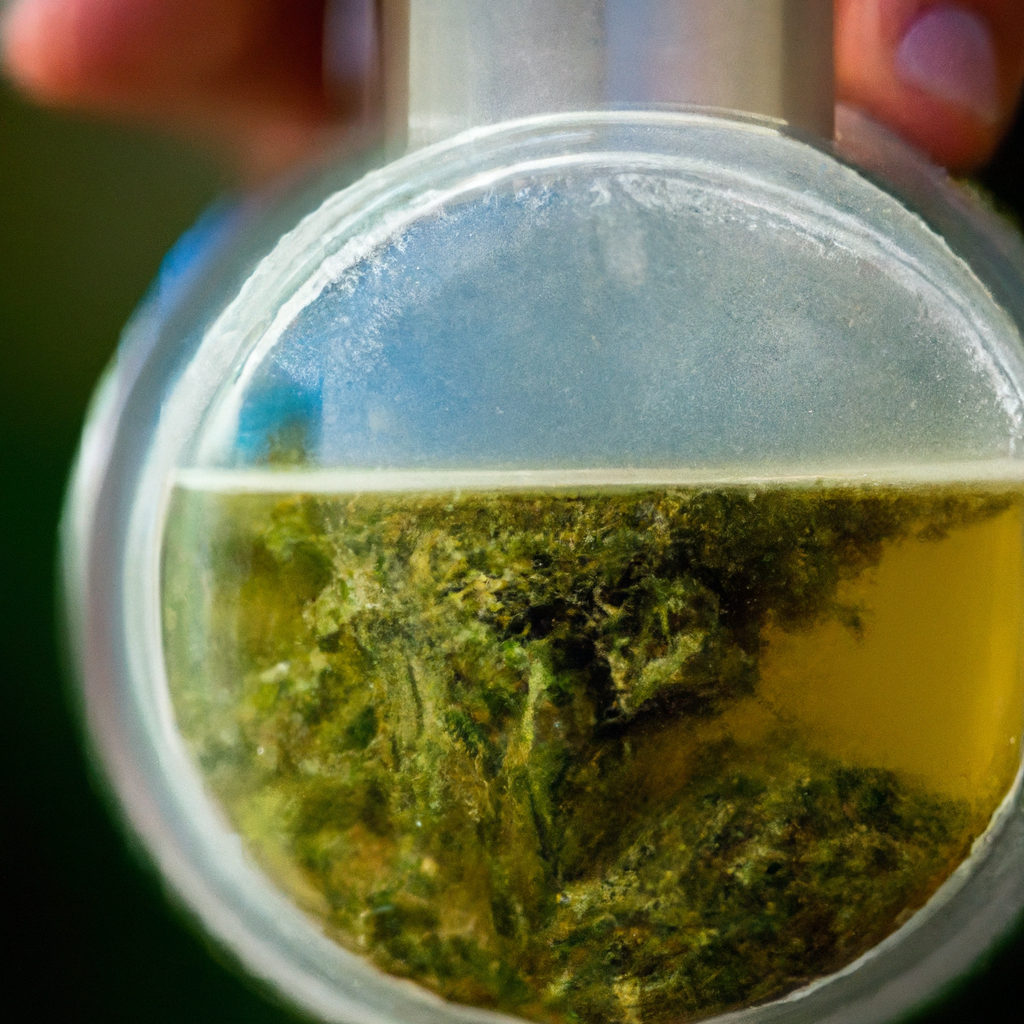By John “Magic” Greenleaf
“Growing greatness, one strain at a time.”
Introduction
The world of cannabis cultivation offers endless avenues for innovation and enhancement, and one such avenue that’s captivating the curiosity of cannabis enthusiasts and cultivators alike is fermentation. As a grower based in Colorado’s demanding high-altitude climate, I’ve learned that fermentation can play a critical role in enhancing the potency, flavor, and quality of cannabis. Let’s dive in and explore the secrets of cannabis fermentation.
Understanding Cannabis Fermentation
Fermentation is a natural process where microorganisms like bacteria and yeast break down organic substances. In cannabis cultivation, fermentation isn’t just about preserving; it’s about transforming terpenes and cannabinoids to create a superior product. This ancient technique can unlock new dimensions of flavor, potency, and medicinal benefits in your cannabis crop.
The Benefits of Fermentation in Cannabis
- Enhanced Terpene Profiles: Fermentation modifies and intensifies terpene profiles, resulting in a richer and more complex aroma and flavor.
- Increased Potency: Through fermentation, the availability of cannabinoids is increased, potentially enhancing the effects of your cannabis.
- Sustainability: Fermenting cannabis using waste plant material contributes to sustainability by minimizing waste and producing bioavailable nutrients that enrich the soil.
- Preserves Freshness: Fermentation acts as a natural preservative, meaning your cannabis can stay fresh longer without sacrificing quality.
How to Incorporate Fermentation into Your Grow
1. Preparing Your Cannabis for Fermentation
Start with fresh, healthy plant material. Post-harvest, ensure that your cannabis is adequately dried to safeguard the terpenes and cannabinoids that will develop during fermentation.
2. Selecting the Right Fermentation Method
There are three primary methods suitable for cannabis fermentation:
- Lacto-Fermentation: Using lactic acid bacteria to preserve and potentiate the plant’s natural components.
- Kraut or Kimchi-style Fermentation: Submerging cannabis materials in a brine made from water and salt.
- Aerobic Fermentation: Exposing cannabis to air under controlled circumstances to stimulate molecular changes.
3. Monitoring and Adjusting Conditions
Throughout fermentation, maintain optimal conditions by checking for appropriate pH and temperature levels. Typically, a pH of 3.5 to 4.5 and a cool environment (60-70°F) is ideal. Experimentation is key to finding what enhances your specific strains.
Conclusion
Cannabis fermentation is a remarkable method to elevate your cultivation skills and expand the sensory palette of your crops. It’s a journey of becoming a steward of your own strains, as I’ve found through decades of cultivating in Colorado’s challenging climates. As you explore fermentation, remember: healthy roots lead to healthy buds, and ultimately, happy harvests.


Leave a Reply